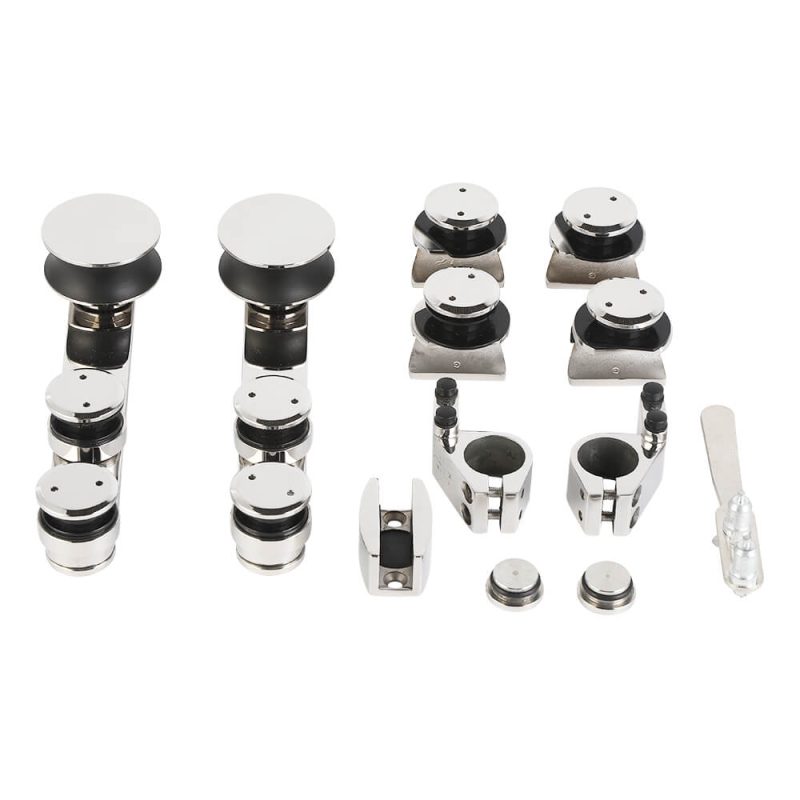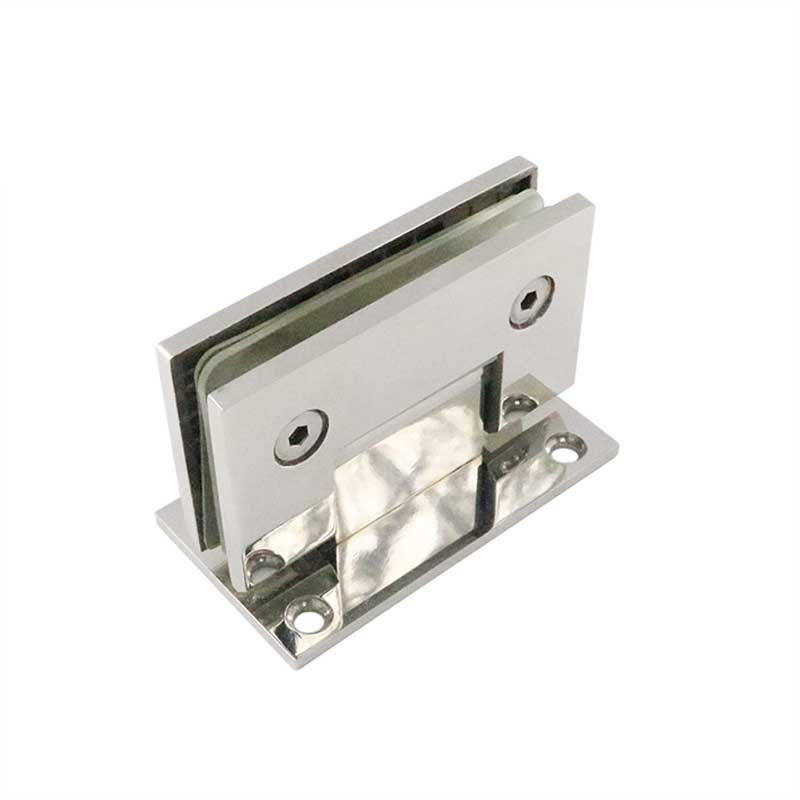Certified Quality- Testing and Validation of Round Glass Door Handles
In the realm of architectural hardware, round glass door handles stand apart as a confluence of aesthetics and functionality. Their smooth, transparent construction exudes elegance and modernity, complementing various architectural styles. However, ensuring the quality and durability of these handles is paramount for both safety and aesthetics.
Material Properties and Composition
Round glass door handles are typically crafted from high-quality tempered glass, renowned for its strength and durability. The tempering process involves controlled heating and cooling, resulting in glass that is up to five times stronger than regular glass. The tempered glass composition ensures resistance to breakage and shattering, providing longevity and reliability.
Load Bearing Capacity
One of the critical aspects of testing glass door handles is their load-bearing capacity. The handles must withstand the force exerted by frequent use, ensuring they can support the weight of individuals passing through the door. Certified testing involves simulating daily usage scenarios and applying various loads to assess the handle’s ability to resist bending, breaking, or cracking.
Surface Hardness and Scratch Resistance
The surface of glass door handles is frequently subjected to wear and tear, making surface hardness and scratch resistance crucial. Certified testing methods include the Mohs Scratch Test and the Taber Abrasion Test. These tests employ controlled abrasion materials to determine the handle’s resistance to scratches and surface damage. A high rating on these tests indicates durability and resistance to wear over time.
Anti-Slip Properties and Grip
For safety and accessibility, round glass door handles should provide a secure and comfortable grip. Certified testing involves assessing the handle’s anti-slip properties and ergonomics. This includes evaluating the handle’s texture, shape, and ability to prevent slippage, especially in wet or slippery conditions.
Temperature Variance and Environmental Factors
In various environments, glass door handles may be exposed to extreme temperature fluctuations and environmental factors. Certified testing includes thermal cycling tests and exposure to moisture, sunlight, and chemical agents. These tests simulate real-world conditions, ensuring the handles maintain their integrity and functionality in challenging environments.
Adhesion and Grip Mechanisms
The adhesion between the glass door handle and the door is crucial for safety and stability. Certified testing involves evaluating the bond strength between the handle and the door material, typically through pull-out tests or shear tests. These tests assess the handle’s ability to withstand force without detachment or dislodgement.
Conclusion
Certified quality testing and validation of round glass door handles play a pivotal role in ensuring their performance, durability, and safety. The comprehensive testing procedures cover various aspects, from material composition to environmental resistance. By adhering to certified quality standards, architects and builders can select handles that meet the highest standards of aesthetics, functionality, and longevity. The meticulous testing protocols provide confidence that these handles can withstand the rigors of daily use and enhance the overall experience of any building’s entrance.
-
What Is a Shower Door Wall Bracket and Why Is It Essential for a Secure Bathroom Installation?
16-12-2025 -
What is the maximum weight that frameless shower door clips can support?
11-12-2025 -
Shower Glass Clips Hardware: The Ultimate Guide to Choosing, Installing, and Maintaining
05-12-2025 -
What Are the Different Types of Shower Screen Glass Clamps and How to Choose?
26-11-2025 -
Clip-On Shower Door vs. Traditional Hinges: Which Is Better?
21-11-2025
-
What are frameless shower clamps and why are they essential for modern bathrooms?
19-12-2025 -
What Makes the Ideal Wall Bracket for Your Glass Shower Screen?
18-12-2025 -
Is a Clip Lock for Door the Smartest Way to Improve Everyday Home Security?
17-12-2025 -
What Are the Best Clips for Shower Glass and How Do You Choose the Right Ones?
16-12-2025 -
What safety standards should stainless steel glass shower screen wall brackets comply with?
15-12-2025











